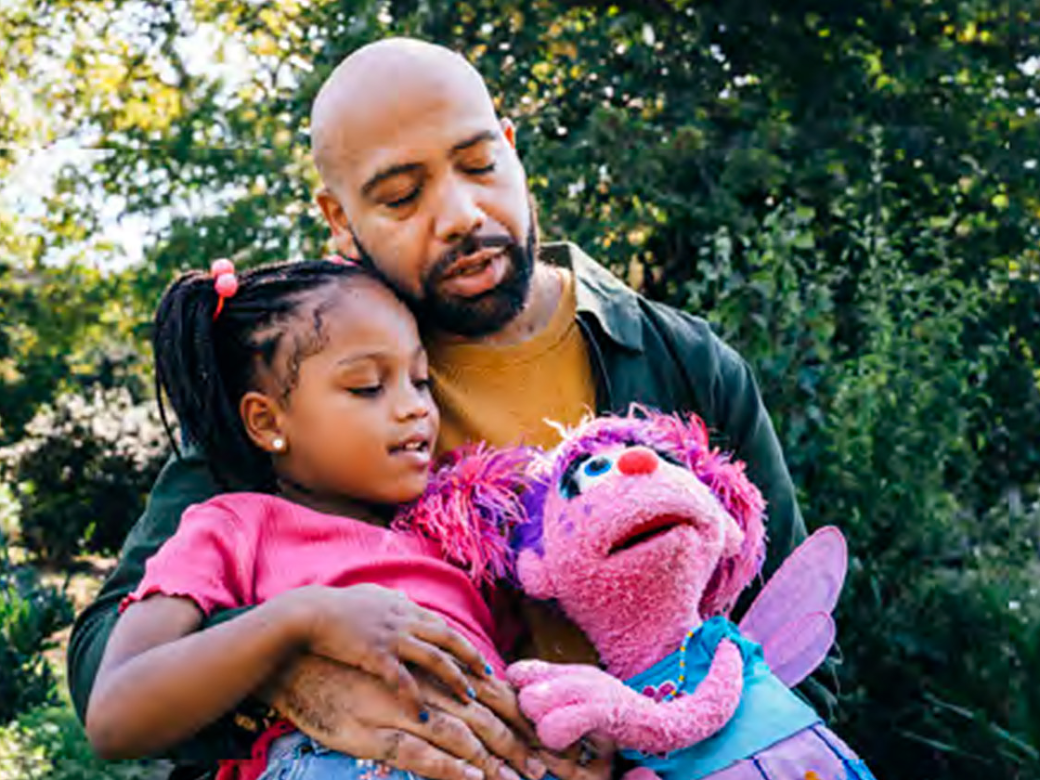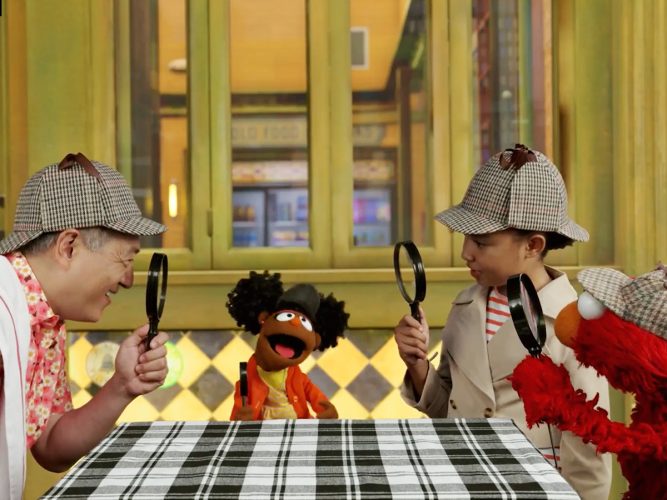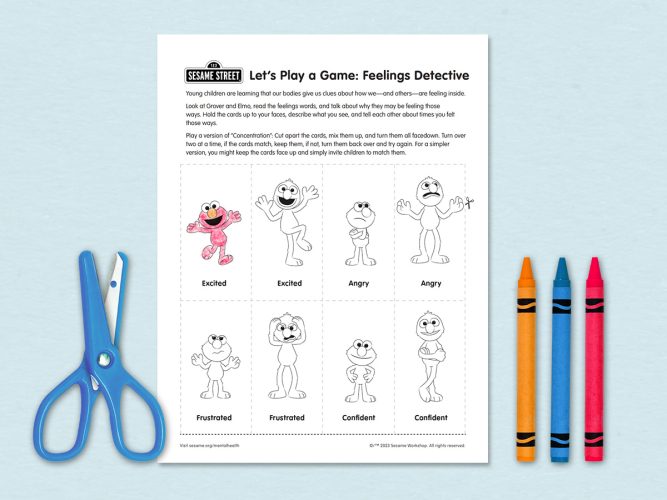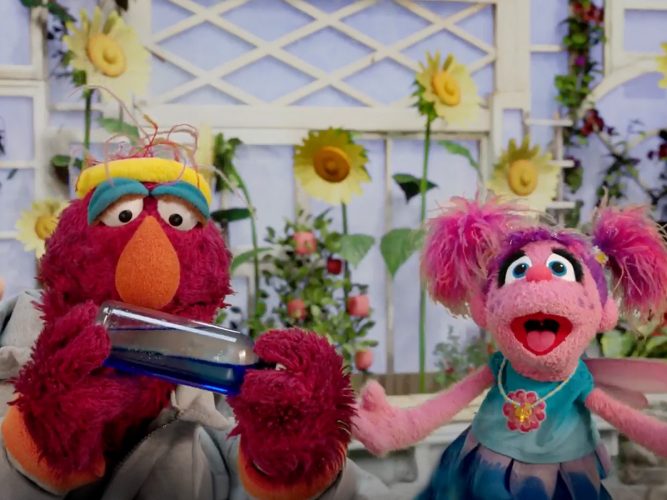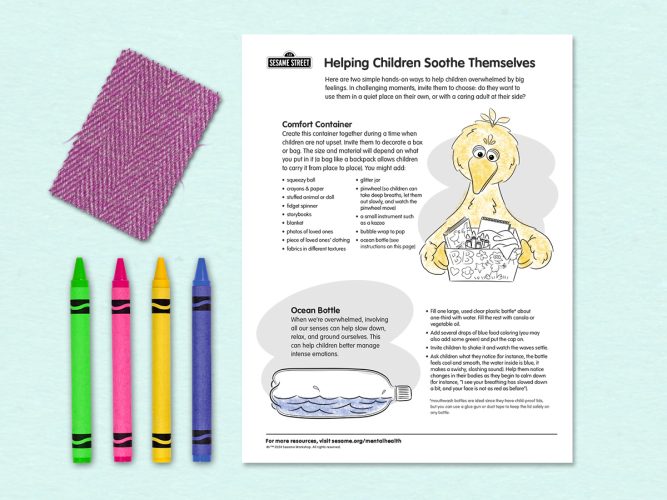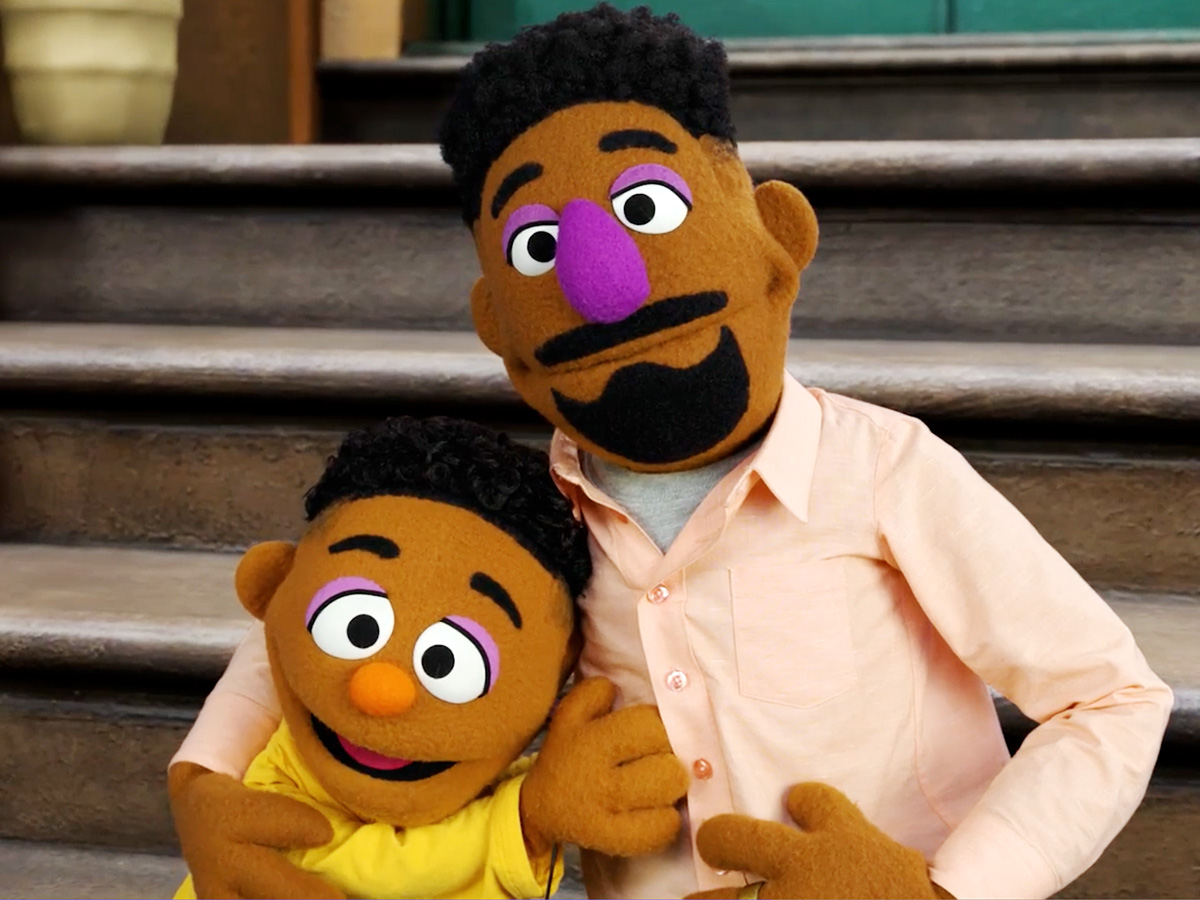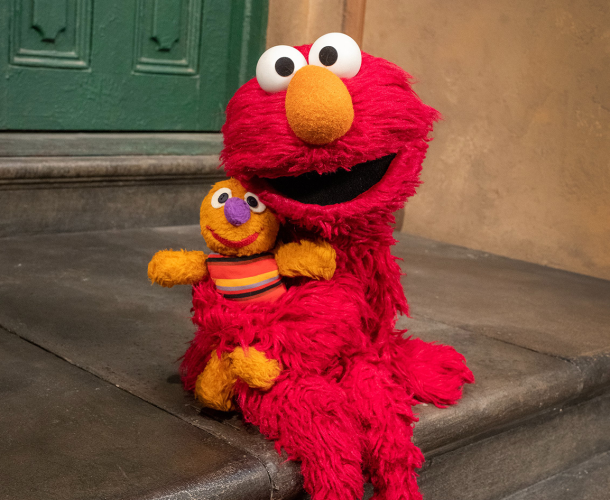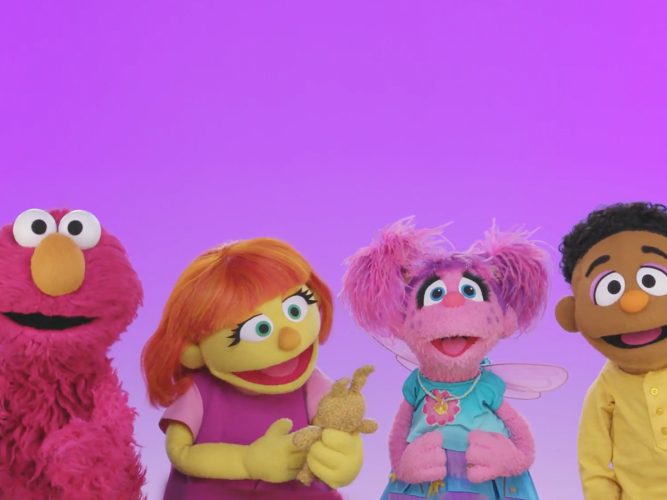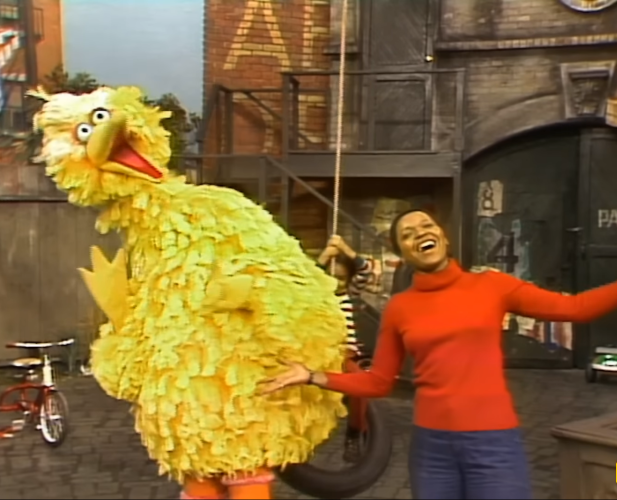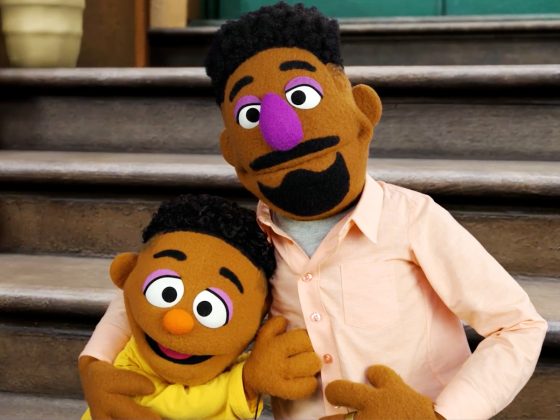
6 Engaging Mental Health Activities for Kids and Families from Sesame Street
Elmo’s not the only friend on Sesame Street who wants to check in on how you and your family are doing! All your furry fuzzy friends are ready to help you talk to your kids about their feelings, help them label them, and find ways to manage them.
When it comes to emotional well-being, it’s not just the “not so sunny” days that need attention. Many of us are prepared for small challenges. But noticing real emotional distress in our children can feel big, and we may worry about saying or doing the wrong thing. As you consider how to best care for little ones, we’ve made a list of six mental health activities that can help.
1. Finding Clues to Name Our Big Feelings
When our feelings hurt, pinpointing exactly what’s wrong isn’t as straightforward as telling a doctor about a headache or a fever.
Talking about feelings, especially when you’re little, can be hard. Enter the “Feelings Detectives”: Elmo, Gabrielle, and Paris. Watch this video together with your little ones to show them how facial expressions give us clues to help name our feelings, which of course can help us in handling them.
Afterward, if you’d like to keep this mental health game going, print this page and play with Elmo and Grover as you match feelings with words.
2. Hugs All Around!
For children and adults alike, hugs can wonderfully support our social emotional needs. In this video, The Count and The Countess count six seconds during a nice warm hug to activate maximum “hug power.” No matter what we’re feeling, hugs can help oxytocin—a hormone that boosts positive feelings—start to calm our nervous system and improve our mood.
You can also give yourself a tight hug like Alan shows Rosita in this video. Try it by yourself, or together with the little ones in your care. Chat about how you feel before, during and after the hug as a way to open up conversation around feelings.
Anytime is a great time to begin discussing the importance of feeling safe when practicing these activities. Remind children it’s okay to say no to hugs or any touch they’re not comfortable with.
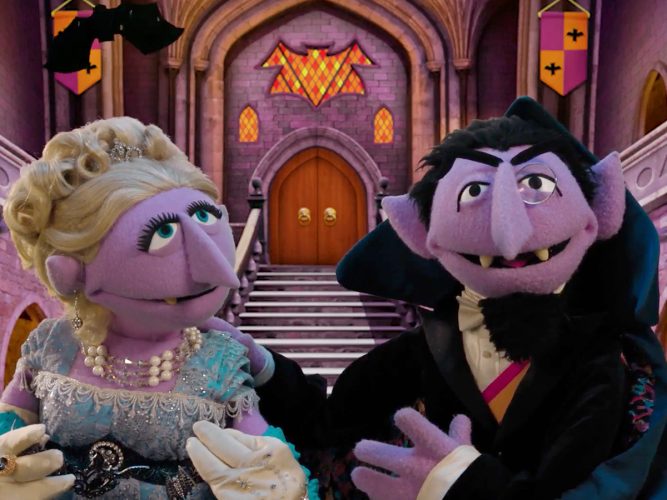
Count on This! The 6-Second Hug
Hugs that last six seconds or more are best for soothing our minds and calming our bodies… helpful for adults and children alike!
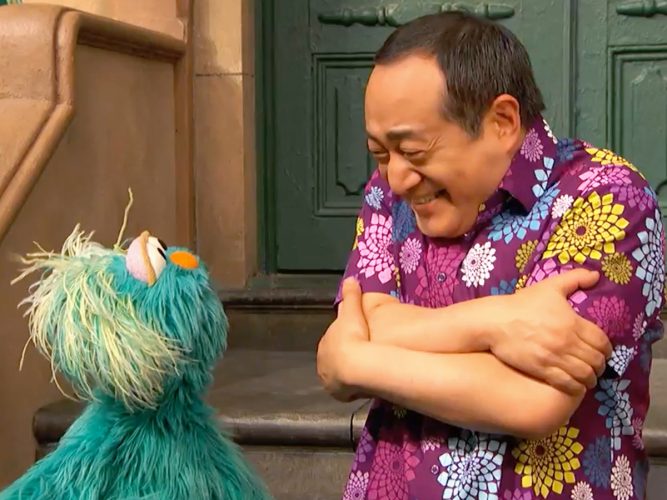
Give Yourself a Hug
Hugs help. Hugs heal. Safe, nurturing touch is key to kids’ healthy development, but they don’t always need another person to help them feel the benefits of hugs!
3. Mindful Moments
In the busyness of day-to-day life, it may only take a moment (or even just ten seconds) for both kids and adults to feel a bit more grounded.
You might think of three things you are grateful for, like Elmo and The Count do here. Or, hum a tune for ten seconds, like The Count does here. Both are quick and easy for the whole family.
If you have a bit more time, try Butterfly Breathing like Abby and Alan in this video. There are so many small ways we can work towards a reset—try them all and see what resonates!

Count on This! 3 Things
Join Elmo and The Count as they step back, take a pause, and spotlight “the good stuff.”
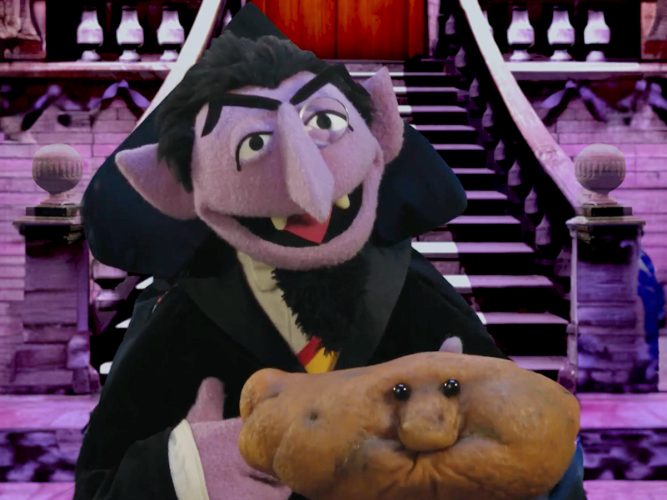
Count on This! The 10-Second Hum
Humming for 10 seconds or more can help both children and adults calm their minds and bodies.
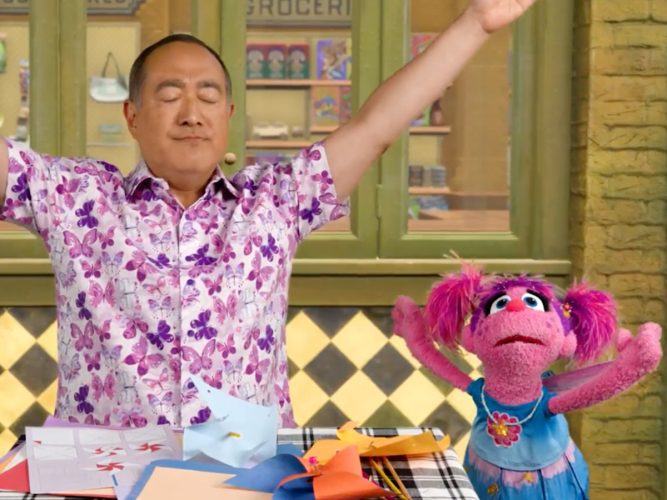
Butterfly Breathing with Abby Cadabby
Here’s one of the many ways we can take care of our big feelings. It works for grown-ups, too!
4. Putting Together Your Emotional Well-being Toolbox
Whether emotional well-being is a topic that comes up in your home quite often, from time to time, or not until now, it’s great to help children plan ahead for big feelings. That way you’re prepared with tools to help you when children need them the most.
Consider making a calming Ocean Bottle together like the one Abby and Telly have in this video. If you know there are a few physical items that soothe your child, it could be wonderful to make a Comfort Container, like Big Bird’s.
5. Quiet Moments for Your Hearts
What’s sweeter than sharing a quiet moment together (bonus points for hugs!)? Sometimes that’s all you need—time to sit together to really connect, especially when events in our lives feel big. In this video, Wes, and his dad, Elijah, take a moment to practice “co-regulation”, where close physical contact soothes them as they rest together.
In taking this moment, Elijah is able to really listen to his son and remind him how much he believes in his ability to do well. Staying close and speaking softly, Elijah is also able to redirect Wes’s nervous energy by having him tune into Elijah’s heart, as well as sharing his own experiences around being anxious—sharing a special bonding moment.
6. Looking Into “Feelings Helpers”
When you’re concerned that your child may need to meet with a professional like a therapist or counselor, it can be daunting to even start your search, or to explain to your child what it’s all about. Sesame Street has its very own “feelings helper” to teach children about this important job. Together, watch this video of Elmo and his friend Karli talk to Sofia to learn what feelings helpers do.
Karli even shares that she goes to therapy herself to learn ways to manage her big feelings. Find out even more in the storybook Thanks, Feelings Helpers.
And if you’re looking for more resources and tools, check out this mental health resources printable too. So that next time a little red monster checks in to ask you how you’re doing—even if your answer is “not so great”—you know you have a few more ideas about where to begin.
There are so many different ways to manage big feelings. Exploring these mental health games and activities can be a starting point towards addressing your family’s needs in a way that best works for everyone.
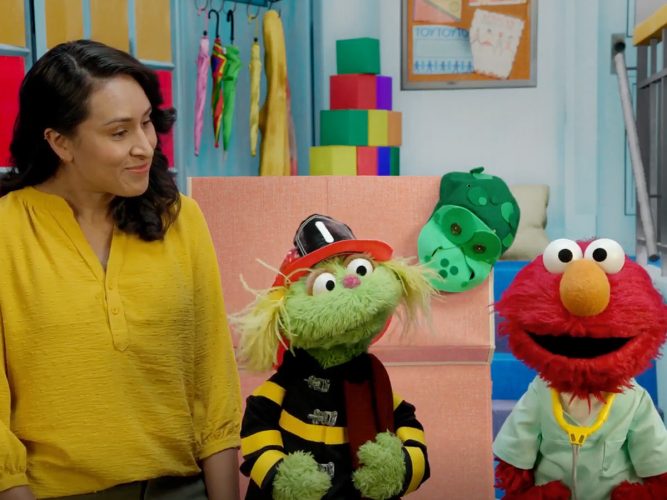
Sofia the Feelings Helper
Meet Sofia, Sesame Street’s very own social worker!
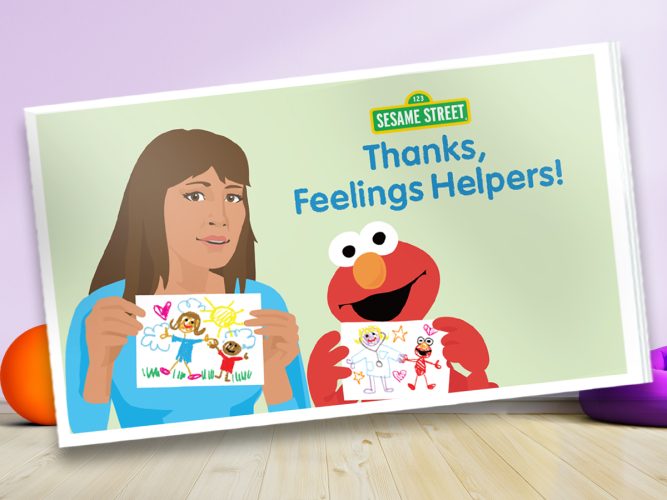
Thanks, Feelings Helpers!
Help children understand the role of “feelings helpers”—social workers, psychologists, psychiatrists, and other professionals who know how to help when big feelings get too big.
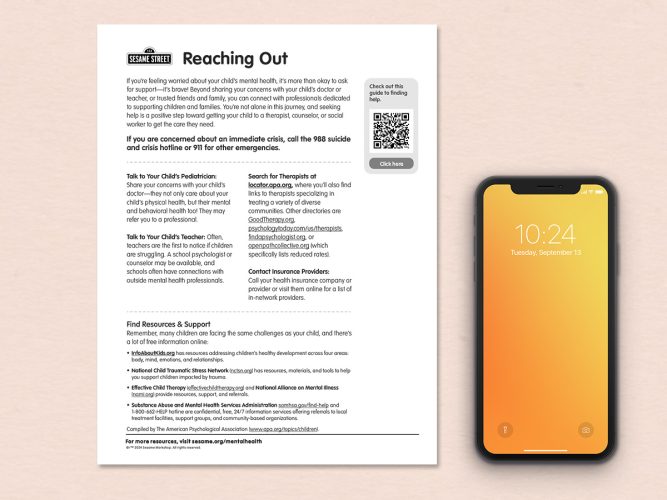
Parent Resource Page
If you’re concerned about—or considering seeking professional support for—your child’s emotional well-being, there are lots of resources just for you.
